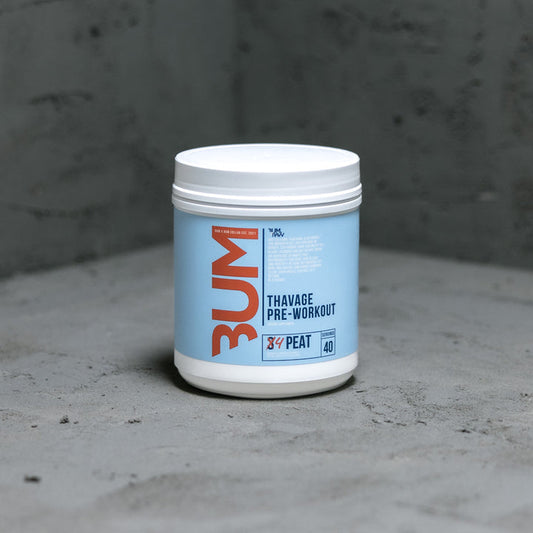Rehabilitation after an injury, surgery, or medical condition is crucial for restoring mobility, strength, and function. While traditional rehab exercises like squats, leg lifts, and stretching are effective, new and innovative exercises are constantly being developed to help patients recover faster and more completely.
In this blog post, we will explore cutting-edge rehab exercises that physical therapists and trainers are using to get patients back on their feet quicker. Whether you are recovering from an ACL tear, shoulder surgery, or simply want to speed up recovery from an injury, these new rehab exercises deserve a spot in your routine. Read on to learn about these innovative exercises and how they can benefit your rehab.
1. Blood Flow Restriction Training
Blood flow restriction (BFR) training is a revolutionary exercise technique that is taking the rehab world by storm. BFR training involves exercising with bands or cuffs placed around the proximal end of arms and legs to gently restrict blood flow to the extremities. By restricting venous blood flow out of a limb, BFR training causes blood to pool in the extremity, which triggers a localized hypoxic response.
This stimulates the release of growth factors and metabolites, enhancing muscle growth and strength. Research shows that low-load BFR training increases muscle size and strength comparable to heavy load training. For rehab, BFR allows patients to use lighter loads but still build strength rapidly.
BFR training is excellent for recovering from tendon, ligament, bone, and muscle injuries. By providing a strength stimulus with lighter loads, BFR training avoids overstressing healing tissues while still working the muscles effectively. This helps regain strength and muscle mass quickly after an injury without compromising the rehab process.
2. Eccentric Exercise
Most rehab exercises focus on the concentric or lifting phase of movement. However, research shows that eccentric exercise, where muscles lengthen under load, is highly effective at rebuilding strength after an injury. Eccentric training provides a different stimulus that complements traditional concentric training.
For rehab, eccentric exercises like slow squats, Nordic hamstring curls, and eccentric bicep curls overload muscles as they lengthen. This promotes strength gains and hypertrophy without excessive joint stresses seen with heavy concentric loads. Eccentric training is ideal during late stage rehab when the patient needs to rebuild strength, power, and muscle mass.
The constant tension of eccentrics enhances collagen synthesis and leads to great tendon and ligament strengthening as well. Progressive eccentric training restores the strength and shock absorbing capacity of connective tissues after a sprain or strain. Focusing on eccentric training can help patients get back to high intensity activities safely and effectively.
3. Explosive Power Training
Rehab tends to focus on slow, controlled movements to protect healing tissues. However, training explosively is essential for regaining the power and speed required for sports and everyday activities. Medicine balls, plyometrics, and weighted jumps can be integrated safely into rehab programs to rebuild this fast strength.
Start with low intensity explosive exercises such as bodyweight squat jumps or medicine ball chest passes. As tissues heal, gradually increase the intensity by using heavier medicine balls, introducing plyometrics, and performing full speed sprints. The key is starting slowly and building up intensity over time.
Explosive power training redevelops the high-velocity strength required for running, changing direction, jumping, and reacting quickly. Restoring elasticity in tendons also helps maximize the stretch-shortening cycle for optimal reactive power. Include explosive movements thoughtfully during the later rehab stages to prepare the patient for returning to activity.
Conclusion
Recovering from an injury or surgery requires dedication, patience, and choosing the right rehab exercises. While traditional training methods are effective, these 5 innovative exercises provide advanced stimuli to enhance results. Blood flow restriction training enables lighter load muscle building, eccentric movements target strength through increased muscle length, and explosive power training rebuilds fast strength.
Speak to a physical therapist or trainer about incorporating these cutting edge exercises into your rehab program. Using these techniques can help you return to peak performance faster and come back stronger than ever. With consistent work and intelligent programming, you can accelerate your rehabilitation and get back to activities safely and at the highest level.




